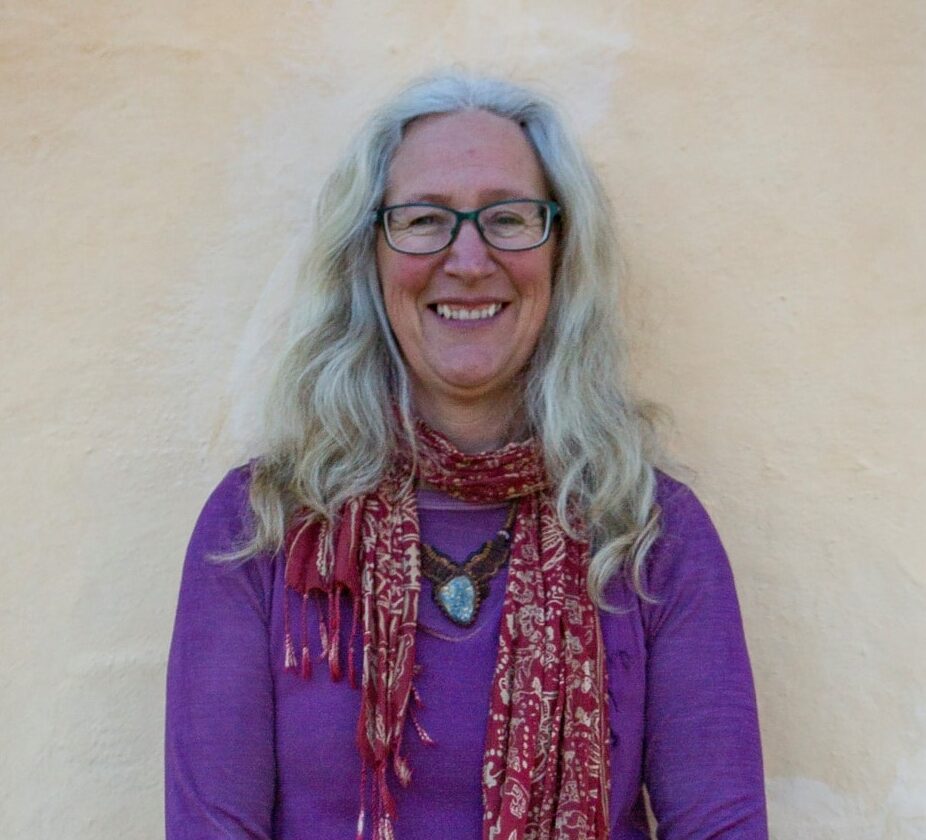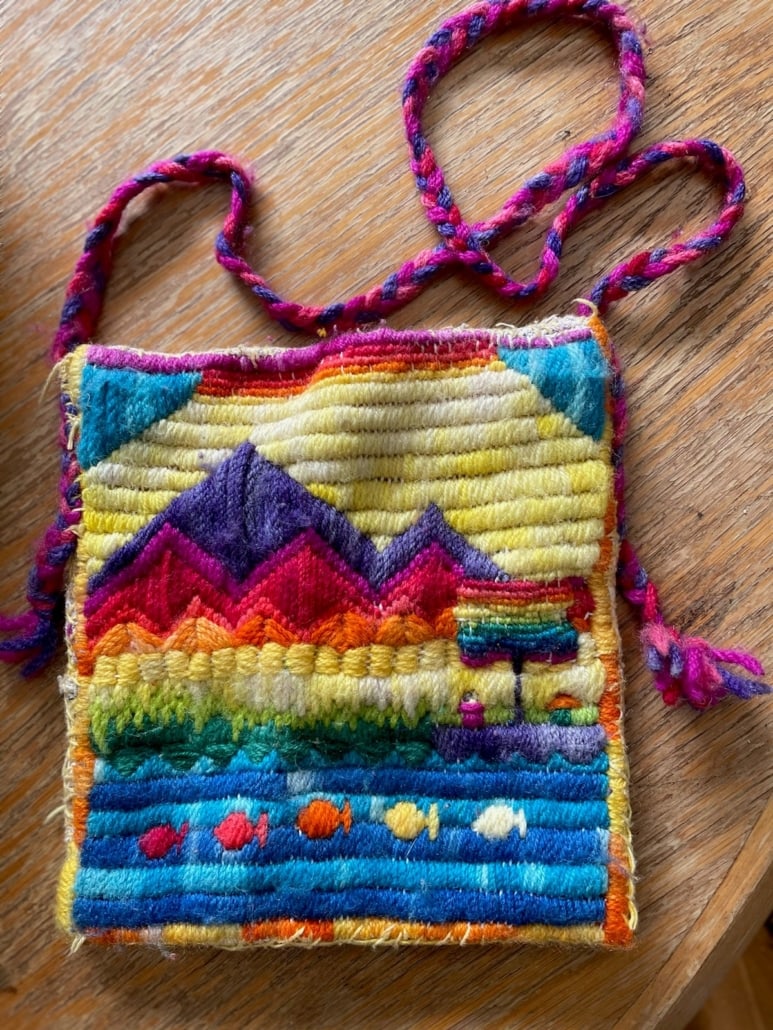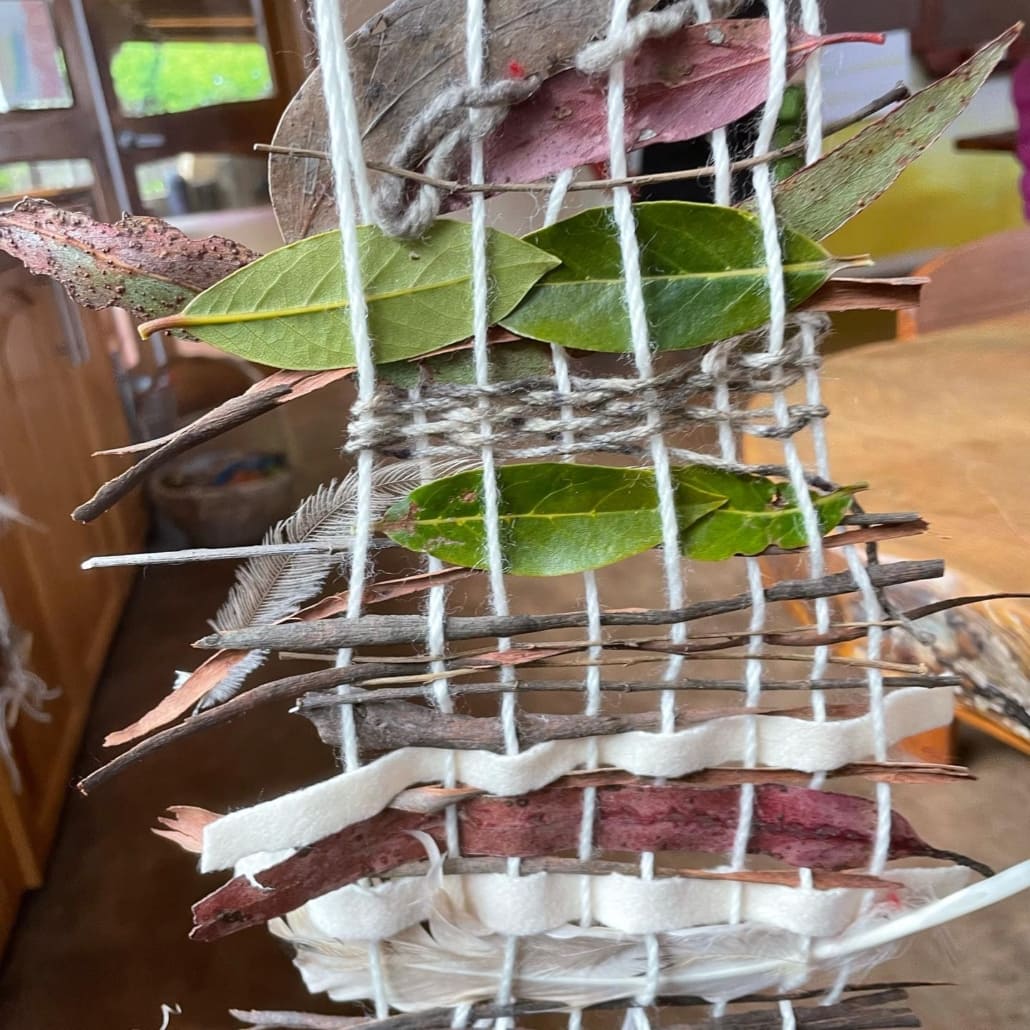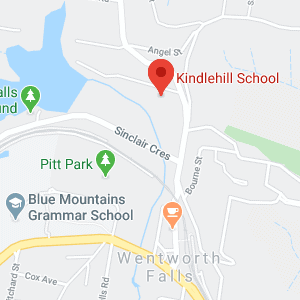Dear families
With the possibility of extended and/or recurring lock downs in Greater Sydney, we have sought some advice from our Victorian Steiner colleagues about how they have managed this (for them it has been 19 weeks and they are now once again in lockdown), and in particular the decisions they made regarding the increased use of digital technology in delivering Learning at Home in Primary School. This is a conversation that will be continued in the weeks to come but I would like to share a few insights with you and suggest how they may impact on our Learning at Home program.
The insights shared by our Victorian colleagues are in line with those in many European Steiner Schools who have also been in extended and recurrent lockdowns.
Essentially, connection with children and families, and the delivery of meaningful and health engendering learning is paramount. Digital technology has become part of the way they are implementing this. The introduction this week of daily zoom check-ins from Classes 1 – 7, is a way to support meaningful learning and connection, but this of course does not replace the personal and hands-on approach that is at the centre of our approach. This week, Classes 3 – 7 will resume their instrument tutorials also by zoom.
Our Victorian colleagues shared the shift that happened in their schools regarding the use of digital technology, something they did not move into lightly. They report it has facilitated more consistent engagement with learning especially for families who were struggling to deliver the learning at home in an effective way, and the opportunity for the children to see their teacher and peers brings cheer and connection to the day’s work.
Screen Time and Wellbeing
We are aware that a good number of children and young people, especially in the older Primary and in High School classes, are spending increased amounts of time on screens with games, videos and social media. Classes 8 – 10 are also using the Microsoft Teams Platform for their learning.
We strongly encourage parents to actively monitor children and young peoples’ screen time, to set and maintain limits, to use screens in living spaces rather than private spaces. Conversations about what students are accessing as well as monitoring their access, are of paramount importance.
Incorporating into the daily rhythm of home life, physical activity and movement is also super important. Taking breaks, drinking plenty of water, time in sun and fresh air, stretching, walking, cycling, regular sleep and waking times, are all ways to support physical, emotional and mental wellbeing.
These things are all common sense and yet so easily slip when we find our daily patterns disrupted.
We are each week, including in the Learning at Home program, suggestions for activities that are physical, creative and purposeful to support the maintaining of these healthy rhythms and practices. We think many of these can be enlivening for the whole family if you can see your way to incorporating them into family time. They may look like miscellaneous to the key learning but it is our view they are very much integral to the care and nourishment of the whole being of the child and young person.
It is heartening to hear glimpses of how families are supporting the social aspect of life while maintaining the required social distancing of health orders. The well of creativity is bottomless and when we dip into it, we find these waters enlivening. Digital technology is part of the way we can stay socially connected but it is also wonderful to remember some of the old and gold ways. Do you remember the excitement of the letter or parcel in the post, coming across a mandala or cubby in a park? Then there is the element of gift or service to others. Expressions of gratitude are always gifts that go on giving perhaps infinitely! We are incredibly resourceful and the more so when unexpected circumstances offer the opportunity for this.
Lastly, I would like to make a plug for Mother Earth, the lyrebirds are singing, the sun spills every day, I notice dogs and children always know where to find sunshine even on the coldest and windiest of days. We live in this beautiful place. There is possibility in every sunrise, sheltering of trees, bounty of birdsong and colour in leaves and flowers. Let us love our planet a little more each day as in this time we genuinely bring the learning home, that we are connected, that we belong, and life is beautiful and precious.

Originally a high school teacher in the public system, Lynn has also taught at TAFE and in community settings. In the Steiner context, she has previously been a kindergarten and primary school teacher. In addition to her roles as Chair and Principal, Lynn is High School Co-Ordinator, teaches Geography and History, and co-ordinates the Outdoor Education Programme. Lynn has a B. Arts (UWA) and a Dip. Ed. (WA Secondary Teachers College).





